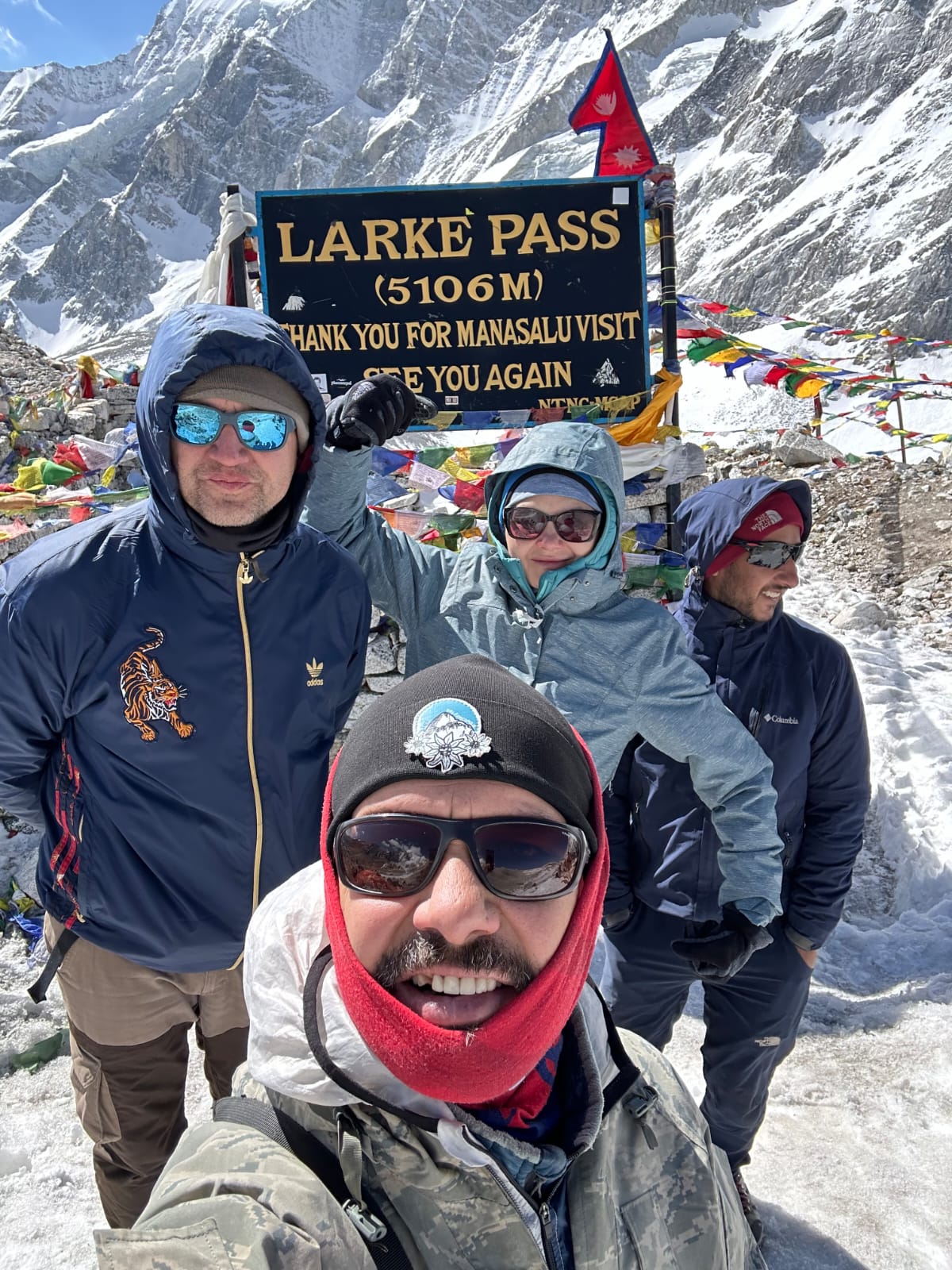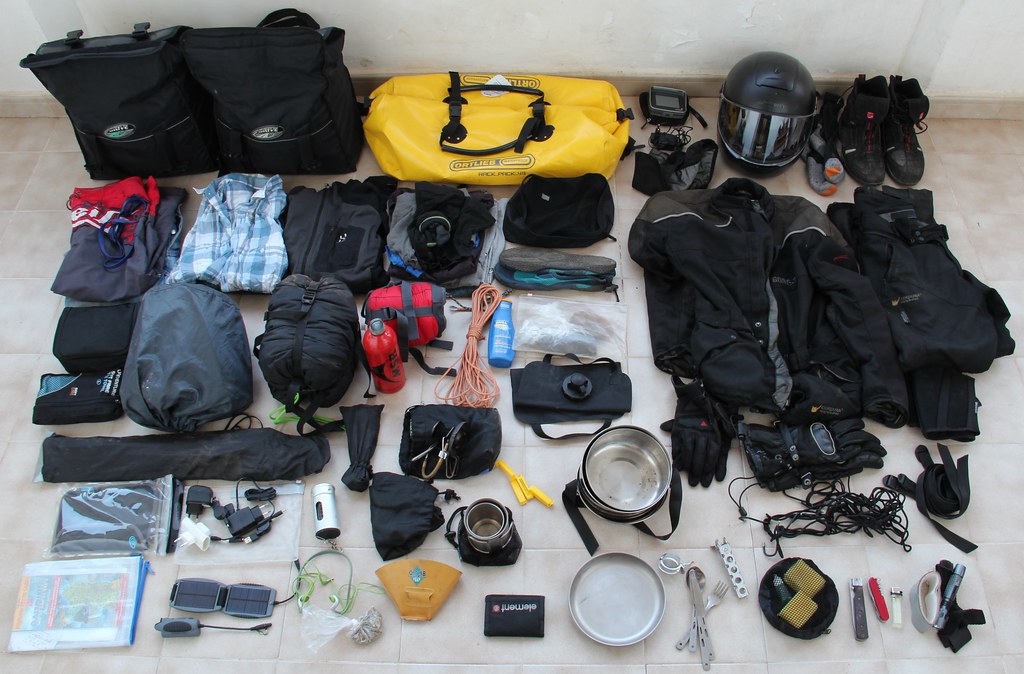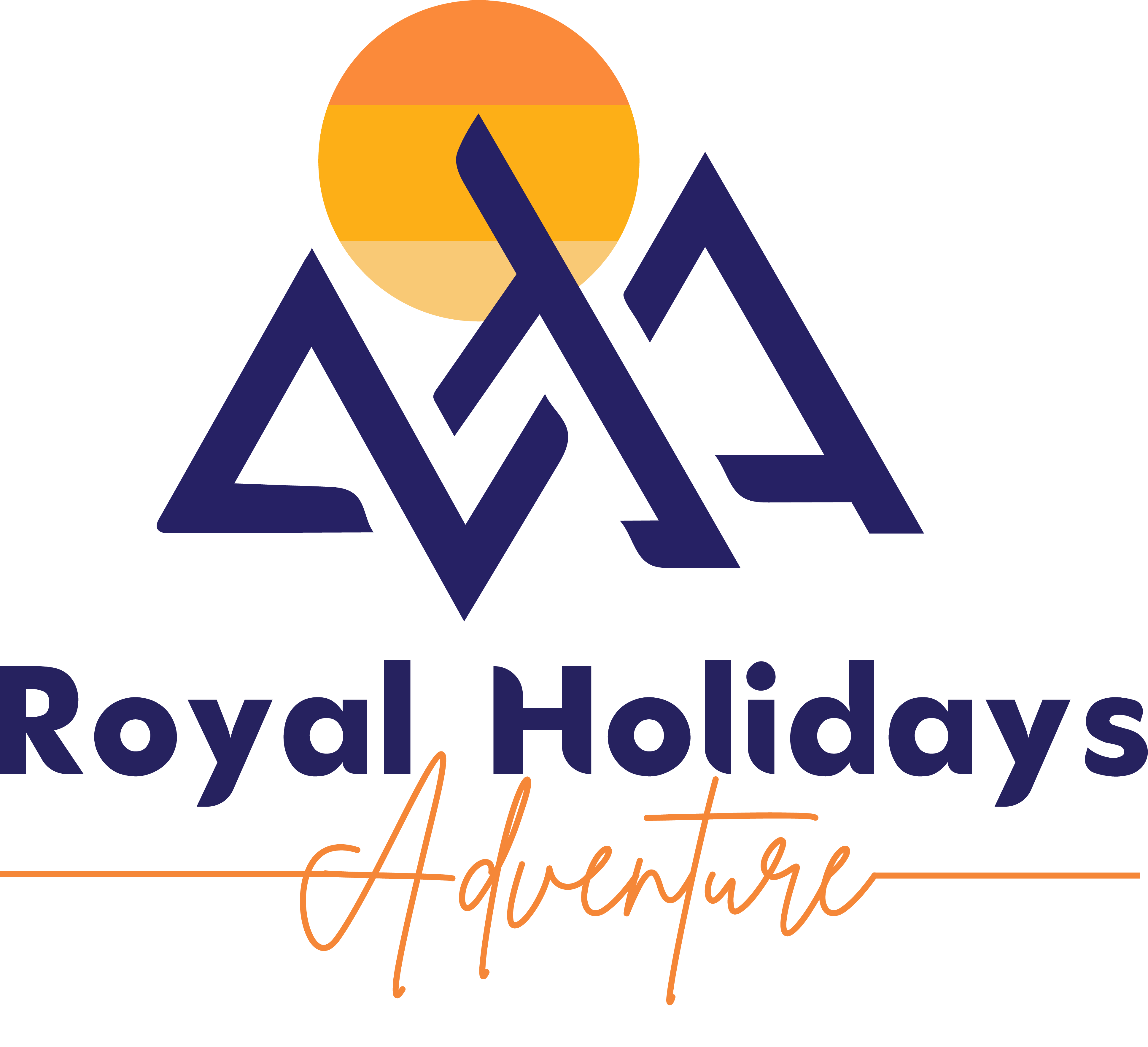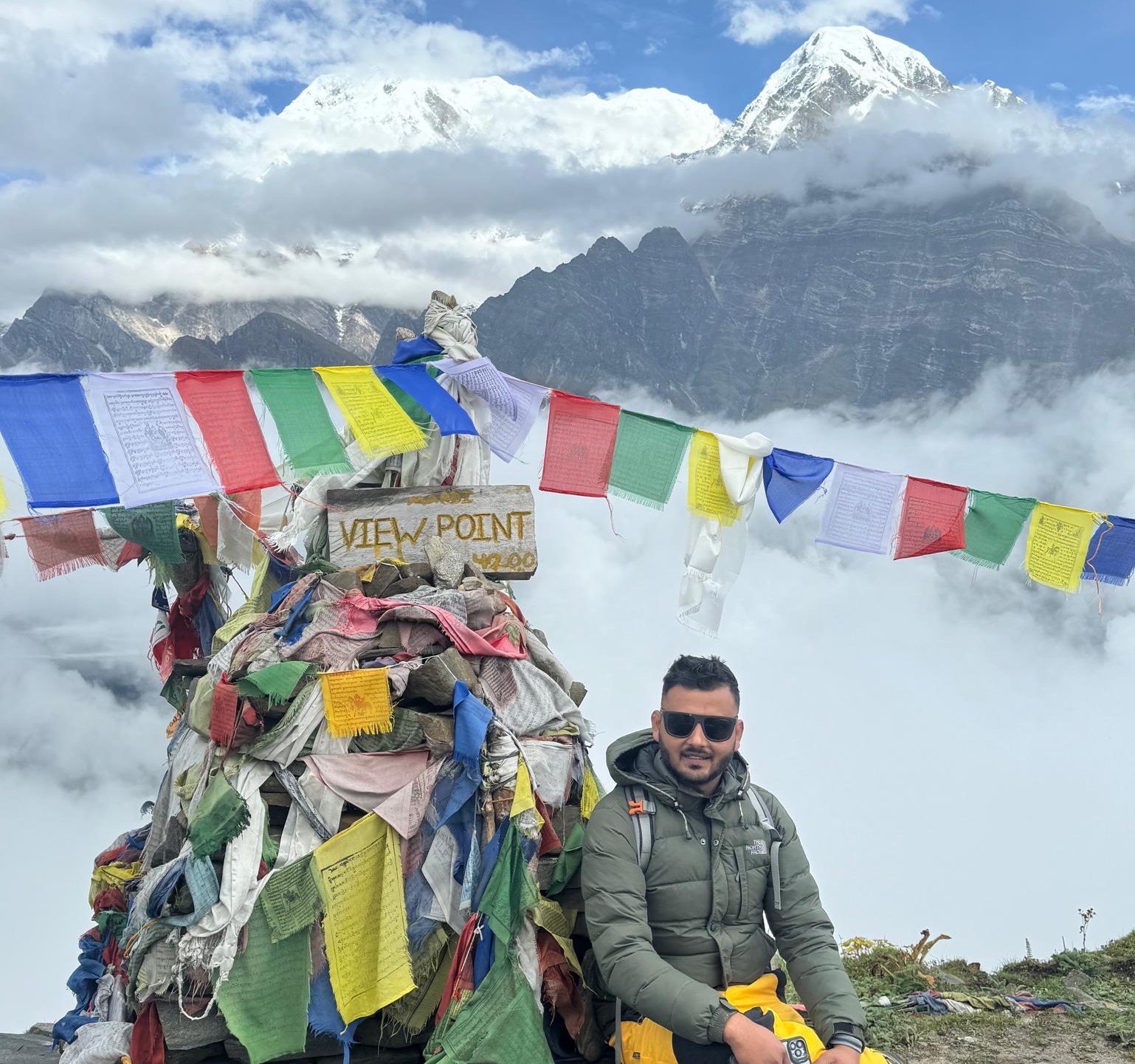
The Manaslu Circuit and Tsum Valley trek reveals a path through some of the most breathtaking landscapes the Himalayas have to offer, complete with suspension bridges, high passes, and views of snow-capped mountains. This trek is not just a journey through nature, but a deep dive into cultural richness, showcasing monasteries, Tibetan villages, and the vibrant life of ethnic groups residing in the Manaslu region.
Optimal trekking periods fall within the distinct beauty of autumn (September to November) and the refreshing bloom of spring (March to May), offering the best conditions to experience the majestic Mount Manaslu, the world’s eighth-highest peak, and other monumental natural sceneries. Engaging in this restricted trek requires obtaining a special permit, ensuring an exclusive experience away from crowded trials like the Annapurna Circuit Trek. This guide promises to navigate you through the essentials, from preparing for the ascend and understanding the necessary permits and regulations, to unveiling the unique highlights of the Manaslu Circuit Trek including the serene Tsum Valley side trip.

Table of Contents
Trek Itinerary and Terrain
The journey is 18 days long adventure, Excluding days spent in Kathmandu and traveling to and from the trek’s start and end points. The trek includes a total ascent of 11,000 meters and, a descent of 9,800 meters, featuring a mix of steep and rocky paths, particularly noted in the Budhi Gandaki Gorge. Despite the challenging terrain, the path does not require rock climbing or advanced mountaineering skills, making it accessible to those with good fitness levels.
Manaslu and Tsum Valley Trek Outline itinerary
| Day | Itinerary | Elevation (M) | Trek Hour |
| 01 | Drive from Kathmandu to Machha Khola | 830m | 7-8 hrs |
| 02 | Trek from Machha Khola to Jagat | 1340m | 5-6 hrs |
| 03 | Trek from Jagat to Lokpa | 2250m | 5-6 hrs |
| 04 | Trek from Lokpa to Chumling | 2600m | 6-7 hrs |
| 05 | Trek from Chumling to Chhekampar | 3030m | 6-7 hrs |
| 06 | Trek from Chhekampar to Mu Gomba | 3245m | 6-7 hrs |
| 07 | Trek from Mu Gomba to Chhekampar | 3030m | 5-6 hrs |
| 08 | Trek from Chhekampar to Gomba Lundang | 3200m | 6-7 hrs |
| 09 | Trek from Gomba Lundang to Ripchet | 2650m | 6-7 hrs |
| 10 | Trek from Ripchet to Behi Phedi | 1800m | 6-7 hrs |
| 11 | Trek from Behi Phedi to Lho | 2630m | 5-6 hrs |
| 12 | Trek from Lho to Sama Gaun | 3530m | 3-4 hrs |
| 13 | Acclimatization day and side trip to Manaslu base camp (4800M) | 3530m | 5-6 hrs |
| 14 | Trek from Samagaon to Samdo | 3880m | 3-4 hrs |
| 15 | Samdo rest day and side trip to Tibet boarder | 3880m | 5-6 hrs |
| 16 | Trek from Samdo to Dharmasala | 4900m | 3-4 hrs |
| 17 | Trek from Dharmasala to Bhimtang via Lareky la pass (5106M) | 4400m | 7-8hrs |
| 18 | Trek from Bhimtang to Dharapani | 2300m | 6-7 hrs |
| 19 | Drive from Dharapani to Kathmandu via Beshisahar | 1300m | 8-9 hrs |
Cultural Experience and Accommodations
As trekkers traverse the Nupri Region, they encounter Tibetan immigrants, offering a deep dive into local culture, religion, and lifestyle. The trek is also a cultural journey, showcasing remote villages where trekkers can observe unique customs and participate in Buddhist practices at various monasteries, Gombas, Chortens, and Manes. Accommodations along the trek are primarily in lodges and tea houses managed by local families, providing a more intimate experience of the region’s hospitality.
Exploring the Tsum Valley

Tsum Valley, a hidden gem in the northern Manaslu region of Nepal. This region offers a profound journey into both nature and spirituality known for its strong Buddhist culture. The valley is peppered with ancient monasteries. This area serving as vital pilgrimage sites for Buddhists. The trek, which spans 19 days, starts and ends in Kathmandu. Challenging trekkers with its rugged terrain and high passes, including the Larkya La Pass at 5160 meters.
The cultural tapestry of Tsum Valley is rich and diverse. Home to various ethnic groups such as the Brahmin, Chhetri, Tamang, Magar, Tibetan, and Gurung. This diversity enriches the trekking experience, offering insights into the unique customs and lifestyles that thrive in this secluded part of the world. The natural landscape is equally captivating, with dense forests of pine, oak, spruce, and rhododendron, which are home to endangered species like the snow leopard and red panda. The journey is not only promises breathtaking views of the Himalayas, including Mt. Manaslu and Annapurna I, but also a deep dive into the valley’s Tibetan Buddhist traditions, making it a once-in-a-lifetime experience for adventurers seeking both challenge and cultural immersion.
Best Time to Trek
The ideal periods for embarking on the Manaslu Circuit Trek and the Tsum Valley side trip are during the spring and autumn seasons. Each season offers distinct advantages that cater to different trekking preferences.
Spring Season (March to May)
- March: Early in the month, temperatures range from 2 to 8°C during the day, dropping to around -6°C at night, providing a cooler trekking environment.
- April: This month is perfect for those who appreciate flora, offering a vibrant display of flowers and green landscapes with daytime temperatures between 6 to 12°C.
- May: Towards the end of spring, the weather generally stabilizes with warm temperatures and abundant sunshine, enhancing the visibility of the lush, green scenery and colorful blooms.
Autumn Season (September to November)
- September: Marks the end of the monsoon with the onset of autumn, bringing forth comfortable weather and excellent mountain views as the skies clear.
- October: Considered the prime month for trekking in Nepal, including on the Manaslu trail, due to warm days and favorable weather conditions that ensure good visibility.
- November: Features moderate temperatures and is the driest month, offering clear views of various snow-capped mountain ranges, making it a popular choice for trekkers.
Both seasons are highly recommended as they provide dry trails, stable weather, and long trekking days, which are ideal for both novice and experienced trekkers.
Also read: Manaslu Trek Best time and its difficulties
Preparing for the Trek
-
Acclimatization and Physical Preparation
Proper acclimatization is essential to prevent altitude sickness during the Manaslu Circuit Trek. Trekkers should spend nights at lower elevations whenever possible to allow the body to adjust to the changing altitude. Starting physical preparations 8-12 weeks before the trek is advisable, focusing on elevation training, aerobic, and conditioning strength endurance to cope with the demanding nature of the trek. Cardiovascular exercises, strength training, and hiking with a weighted bag or stair climbing are recommended activities to build stamina and fitness.
- Essential Gear and Nutrition

Packing the right gear is crucial for a successful trek. Essential items include a good pair of trekking shoes, warm clothes, a raincoat, and a windcheater to protect against variable weather conditions. A 50-60L backpack is recommended for carrying these items . Trekkers should also pack warm and layered clothes, a hat, gloves, and a sleeping bag for cold and rainy weather, although blankets are available in each guesthouse. Nutrition plays a vital role; staying hydrated and maintaining a balanced diet is important, with an emphasis on well-cooked meals to avoid stomach infections. Carrying favorite snacks can help boost morale during challenging parts of the trek.
-
Safety, Cash, and Local Support
Safety on the trail is paramount. Trekkers should remain aware of mules, yaks, and porters, keeping out of their way to avoid accidents. Since ATMs may not be readily available, carrying sufficient cash for the entire trip is essential. Hiring an experienced local guide and porter not only enhances safety but also aids in communication and enriches the trekking experience by providing insights into local culture and environment. Booking the trek through an authorized adventure company can help manage logistical aspects such as permits, accommodations, and transport, making the experience smoother and more enjoyable.
-
Essential Permits for the Manaslu Circuit and Tsum Valley Trek
To embark on the Manaslu Circuit and Tsum Valley Trek, trekkers must secure three essential permits: the Annapurna Conservation Area Project (ACAP), the Manaslu Conservation Area Project (MCAP), and the Restricted Area Permit (RAP). While the ACAP and MCAP permits can be acquired independently by trekkers, the RAP necessitates processing through a licensed trekking agency in Nepal. Independent trekking is not permitted in the Manaslu region; both a special permit and a registered guide are mandatory requirements.
for more info: Nepal Immigration
Challenges and Highlights of the Trek
The Manaslu Circuit Trek, while offering an enriching experience, presents several challenges that trekkers need to prepare for. The trek demands a good level of physical fitness due to its long duration and the rough, challenging terrain. The journey reaches a maximum elevation of 5160 m at Larkya Pass, where trekkers are at risk of altitude sickness. To mitigate this, proper acclimatization, hydration, and avoiding alcohol are crucial. Additionally, the unpredictable weather and temperatures that can drop below freezing point add to the trek’s difficulty, requiring trekkers to stay updated on weather forecasts and be prepared for sudden changes.
Despite these challenges, the Manaslu Circuit Trek is renowned for its breathtaking highlights. Trekkers are rewarded with stunning views of Mt. Manaslu and other magnificent mountains, enhancing the allure of this remote trail. The path winds through wild, scenic landscapes, offering glimpses of lush forests, rivers, and waterfalls, and the rich cultural heritage of the region is displayed through ancient monasteries and diverse ethnic groups, providing a deep cultural immersion. The presence of various flora and fauna, including rare species like the Himalayan tahr and snow leopard, makes this trek not only a physical adventure but also an ecological exploration.
The trek’s exclusivity is further highlighted by its economic cost compared to more popular treks like the EBC or ABC, making it an attractive option for budget travelers.
Moreover, the requirement of a professional local guide ensures that trekkers receive knowledgeable support throughout their journey, enriching their experience with insights into the local culture and environment. This combination of natural beauty, cultural richness, and the thrill of navigating its challenges makes the Manaslu Circuit Trek a compelling choice for adventurers seeking a unique and less trodden path in the Himalayas.
Conclusion
The Manaslu Circuit Trek with the Tsum Valley side trip exemplify the exhilarating blend of natural beauty and cultural immersion that the heart of Nepal has to offer. These adventures not only challenge the physical fitness of trekkers but also engage them in a profound cultural experience among the diverse ethnic communities of the region. The journey through rugged terrains, lush forests, and high passes, culminating at the breathtaking Larkya La Pass, stands as a remarkable highlight, offering panoramic views that are etched into the memory of every adventurer. This trek, with its unique combination of ecological exploration and cultural richness, thus remains a jewel in the crown of Nepal’s trekking destinations.
Emphasizing the significance of this journey, it is evident that the Manaslu Circuit Trek and the Tsum Valley are not mere treks but a voyage into the heart of the Himalayas that offers a glimpse into the soul of Nepal. The importance of careful preparation, understanding local customs, and the challenging yet rewarding nature of the trek encapsulates a compelling narrative for those who seek adventure beyond the beaten path. As trekkers navigate through this less-trodden route, they not only uncover the majestic beauty of the Himalayas but also contribute to the preservation and appreciation of the local cultural heritage, making their journey an invaluable addition to their life experiences.



















